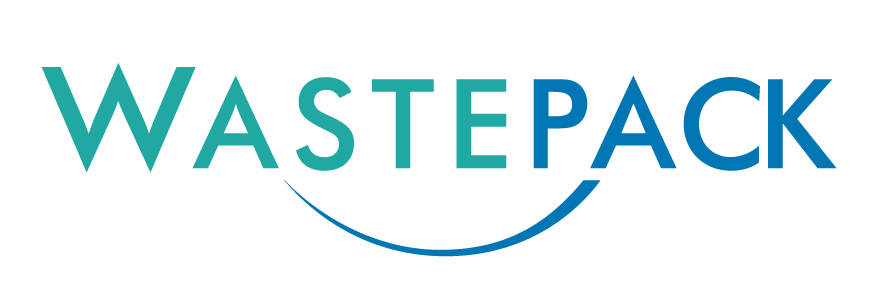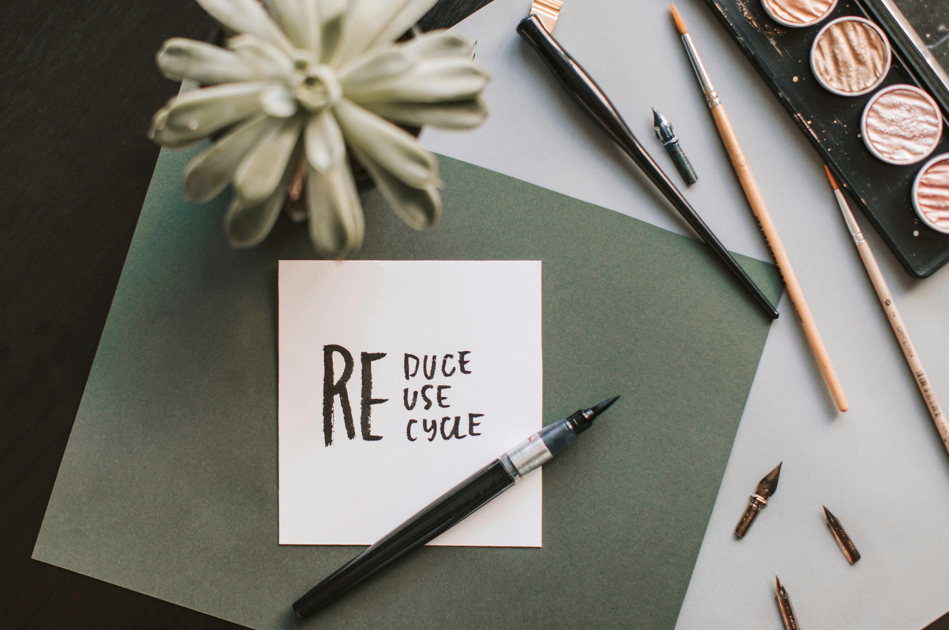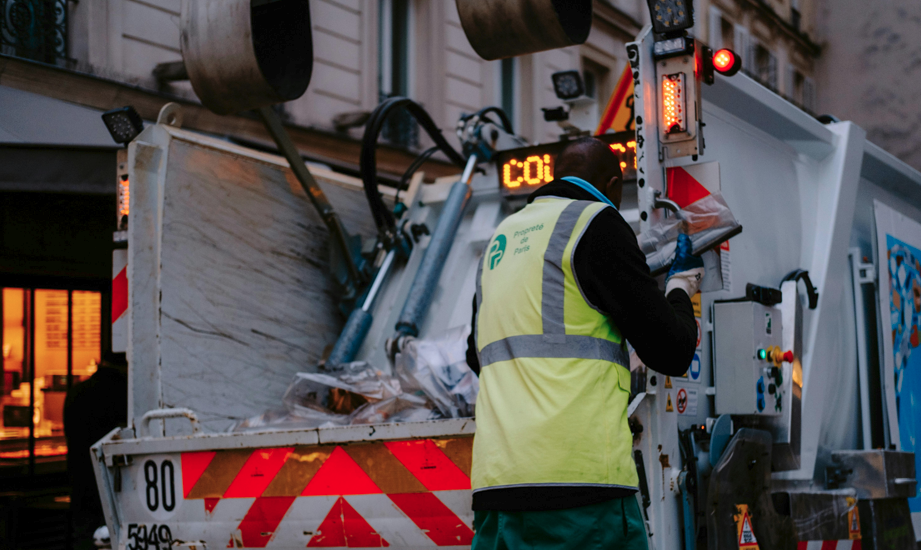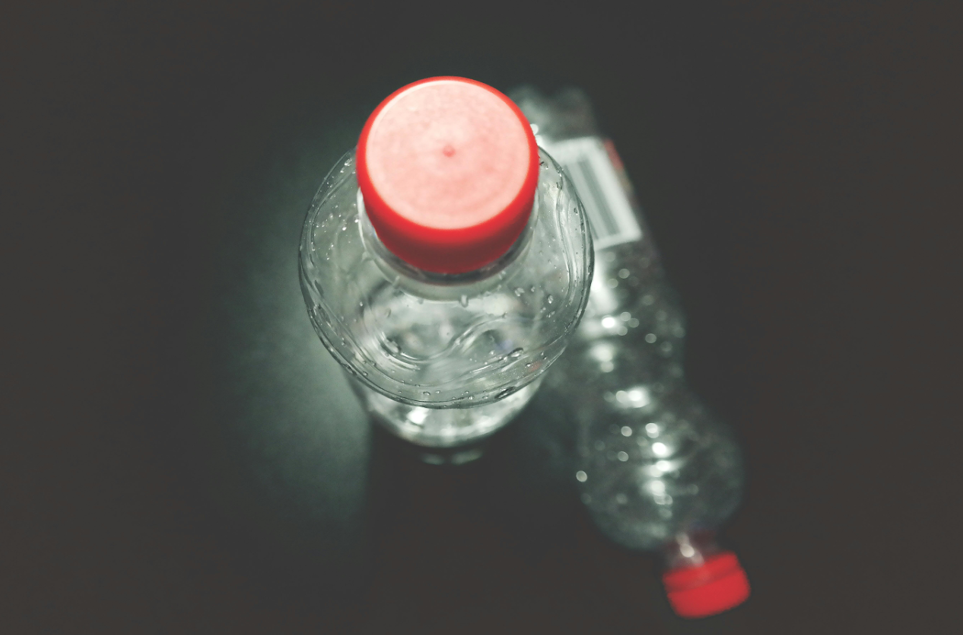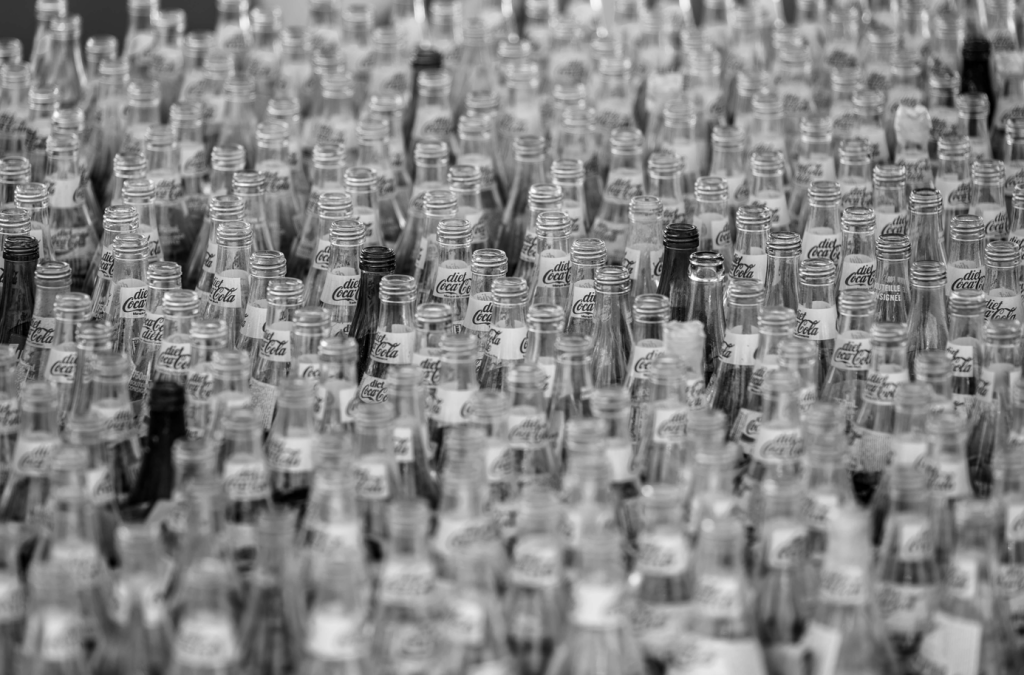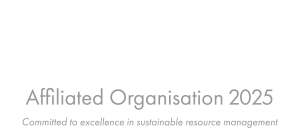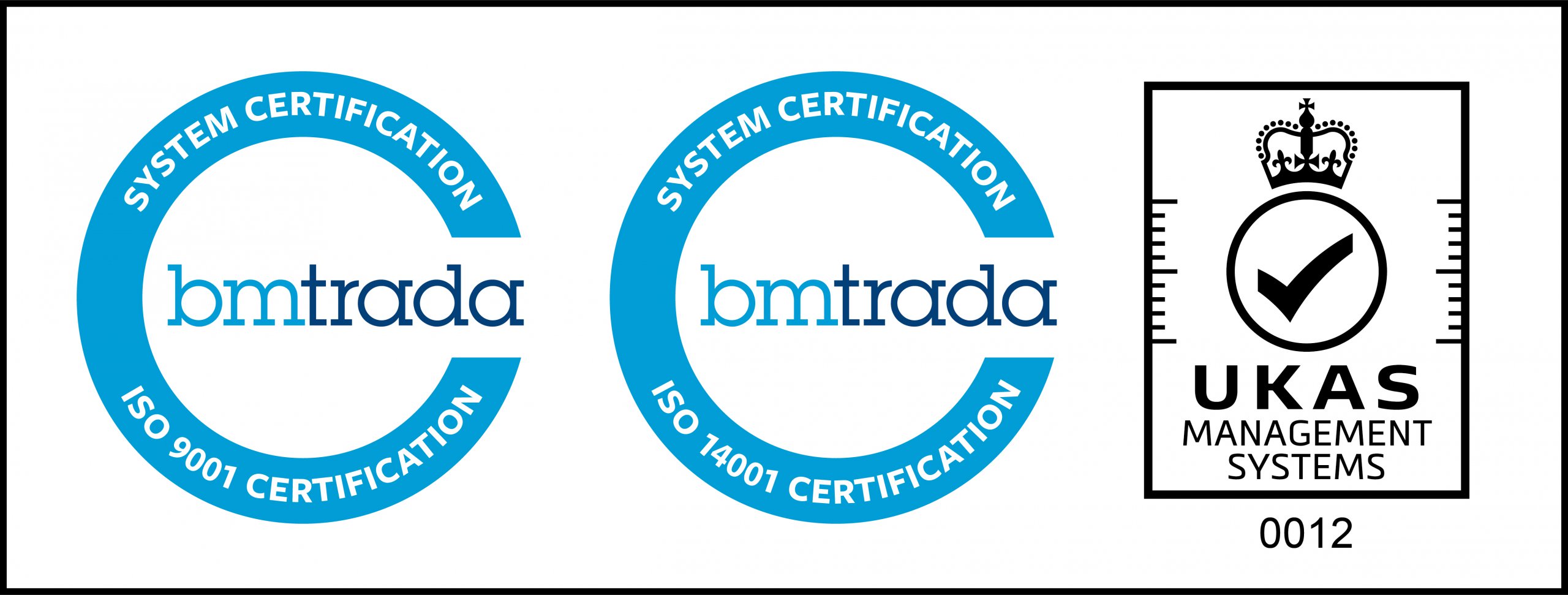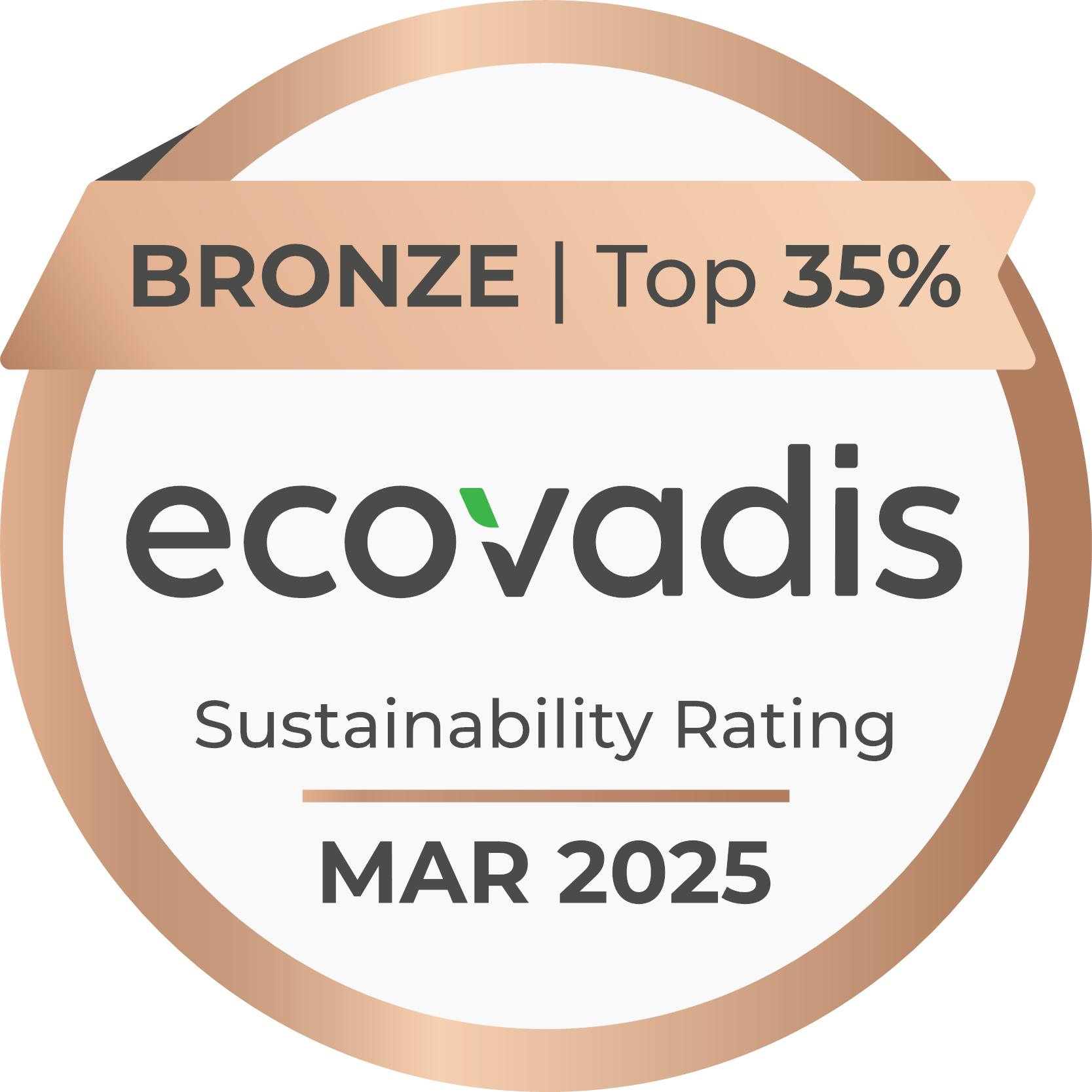PackUK has unveiled the second version of its Recycling Assessment Methodology (RAM) for packaging under the extended producer responsibility (pEPR) scheme.
The RAM evaluates the recyclability of household packaging using a red, amber or green system. This classification will guide the modulation of disposal fees from 2026, based on packaging placed on the UK market in the previous calendar year.
This updated methodology follows a “simplification sprint” conducted by the pEPR scheme administrator in February 2025. The objective was to streamline the assessment process, making it easier for producers to complete their submissions in 2025. Feedback from industry stakeholders on the initial version of the RAM, released in December 2024, has shaped the revised criteria.
The revised version, RAM 1.1, simplifies the assessment criteria and removes several previous requirements across various packaging materials. View RAM Version 1.1 here.
Paper and cardboard
Packaging is no longer automatically rated red if it contains product residue that cannot be removed manually — such as baked-on food remnants.
The amber rating has also been relaxed; it no longer applies automatically to packaging that contains:
- Polyamide epichlorohydrin (PAE)
- Ultra-violet (UV) cured varnish over 4g/m² with full coverage
- Mineral oil-based inks
- Fibre-based composite materials (both liquid and non-liquid cartons)
The requirement to classify fibre-based composites as red due to retained residue has also been removed.
Plastic packaging
For flexible plastics, items are no longer classed as red if over 50% of their surface contains carbon black pigment in inks or labels.
For rigid plastics (sorting), labels or sleeves made from a different material or polymer type no longer result in a red rating if they exceed:
- 40% surface coverage for bottles
- 60% for pots, tubs, and trays
Similarly, the use of carbon black pigment on over 50% of surface area no longer mandates a red classification.
In terms of reprocessing, the requirement to evaluate adhesives on labels for removability in an 80°C hot wash has been dropped.
PET bottles containing nanocomposite additives and PET trays with PE seal layers are no longer automatically rated red.
High-density polyethylene (HDPE) items are not considered red due to additives like Talc or CaCO₃ that increase density.
Previously, paper labels or sleeves on rigid plastics would have led to an amber rating due to challenges in recycling. This is no longer the case. Likewise, PET bottles are not classed as amber for using heavy colours. Polypropylene (PP) items are no longer amber if they include heavy colours, clarifiers, paper labels, or PET inserts.
Glass packaging
Glass packaging with labels covering more than 60% of its surface will no longer be marked amber, even though it may slightly complicate recycling.
Need support with your RAM assessments?
Our expert team is here to support you with your RAM packaging assessments through our specialised Data Service. Contact us today to ensure you're fully prepared and compliant.
